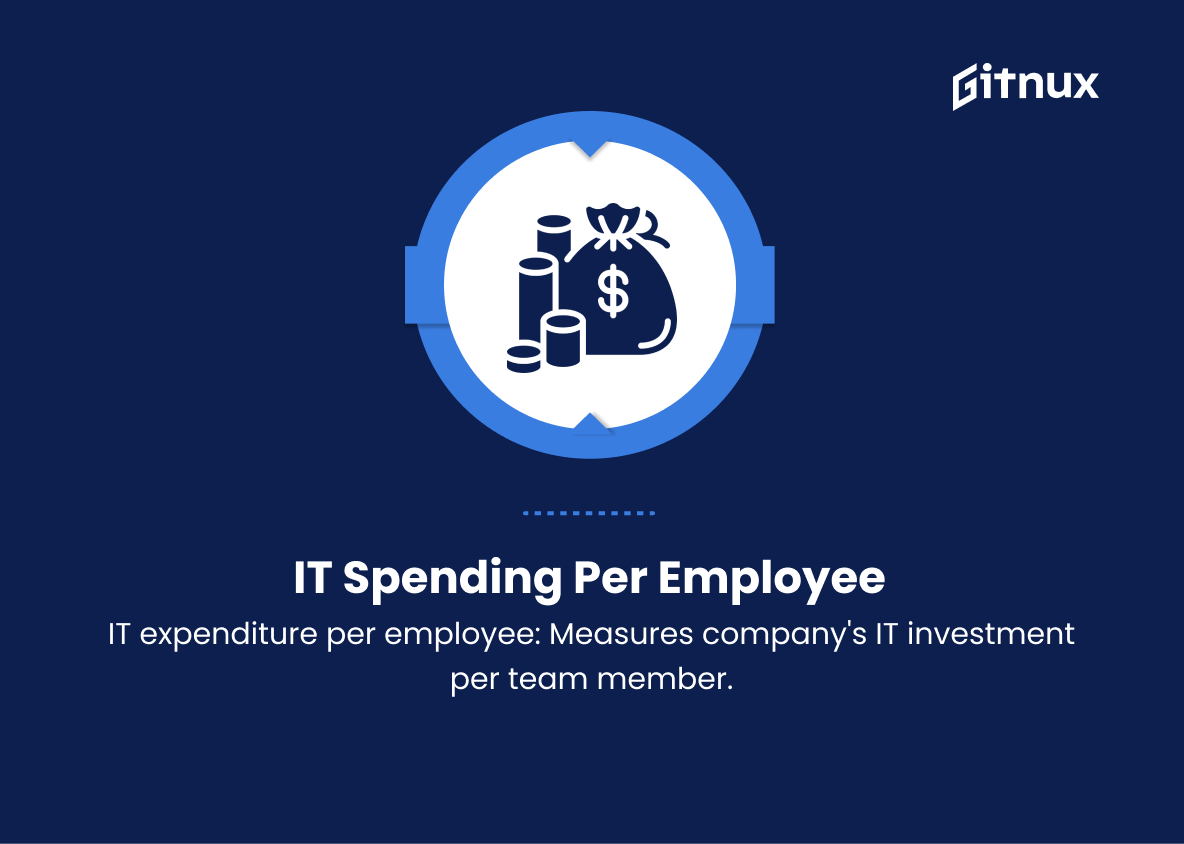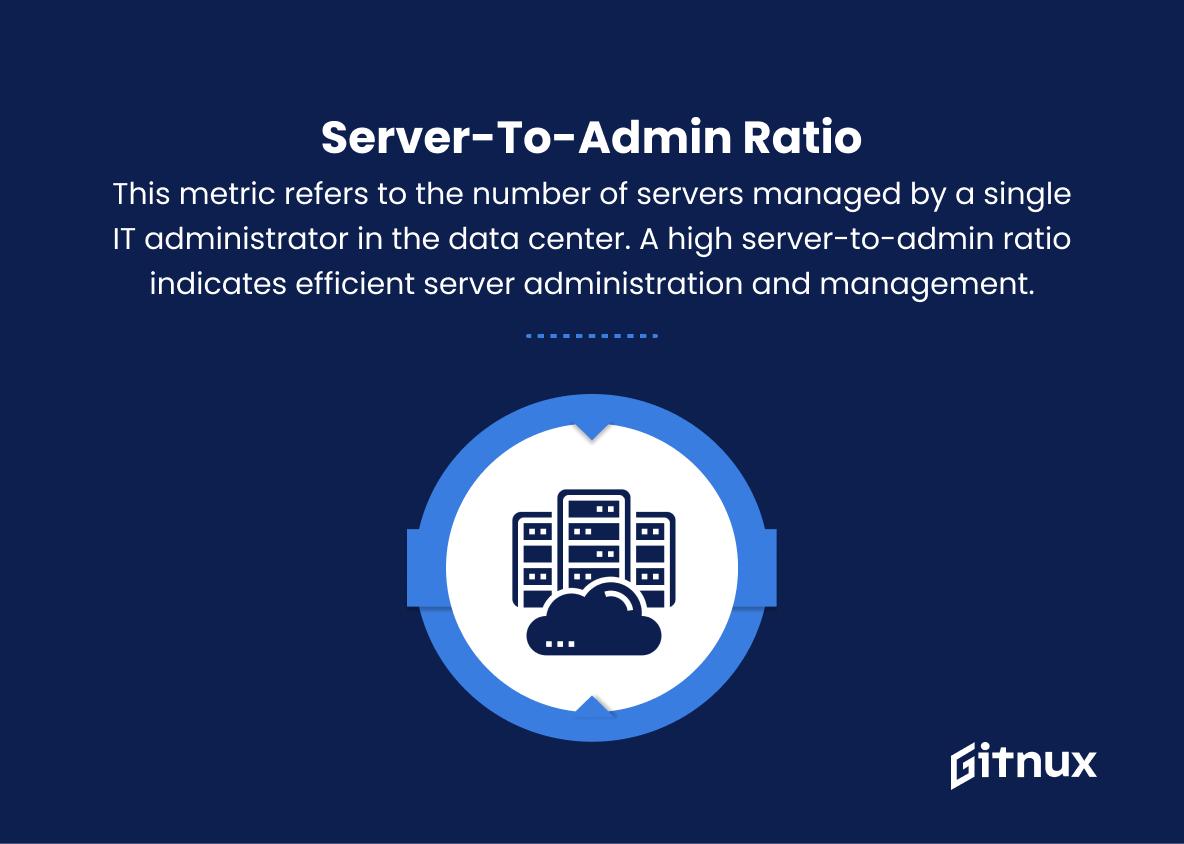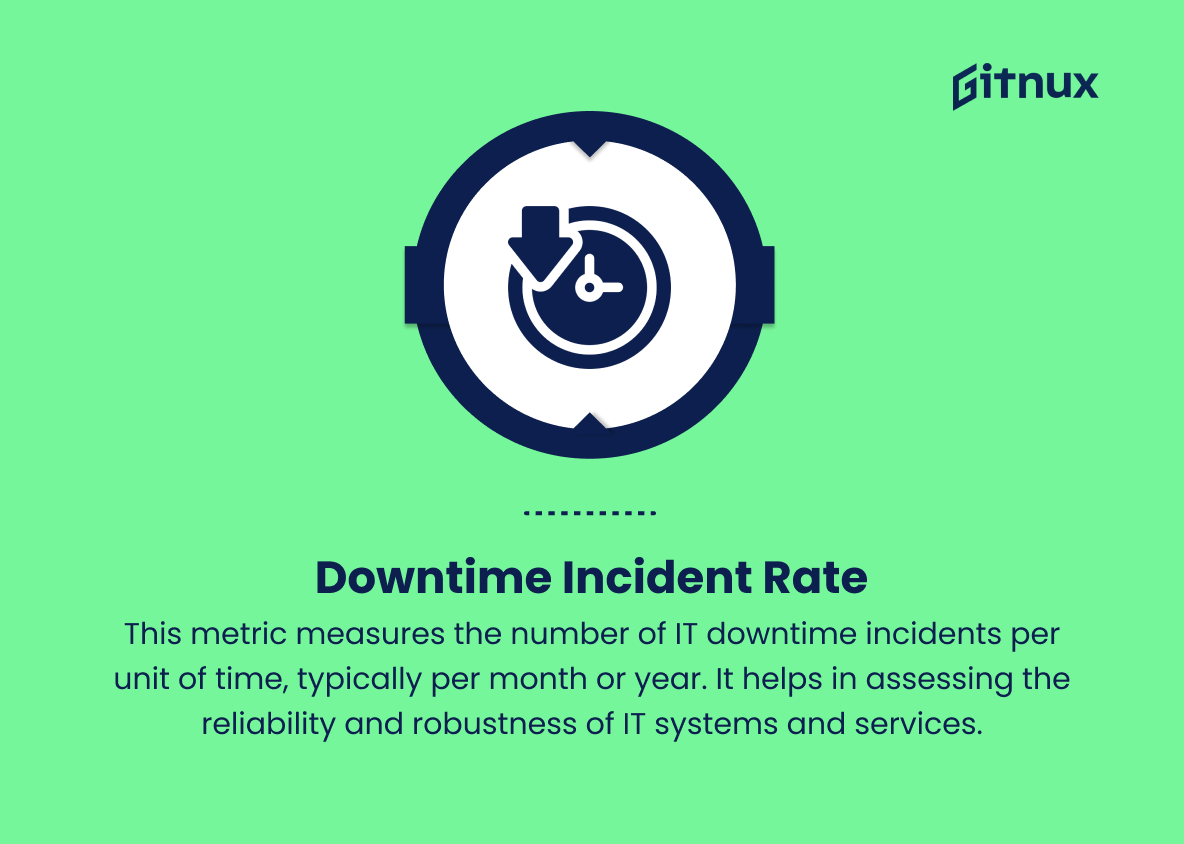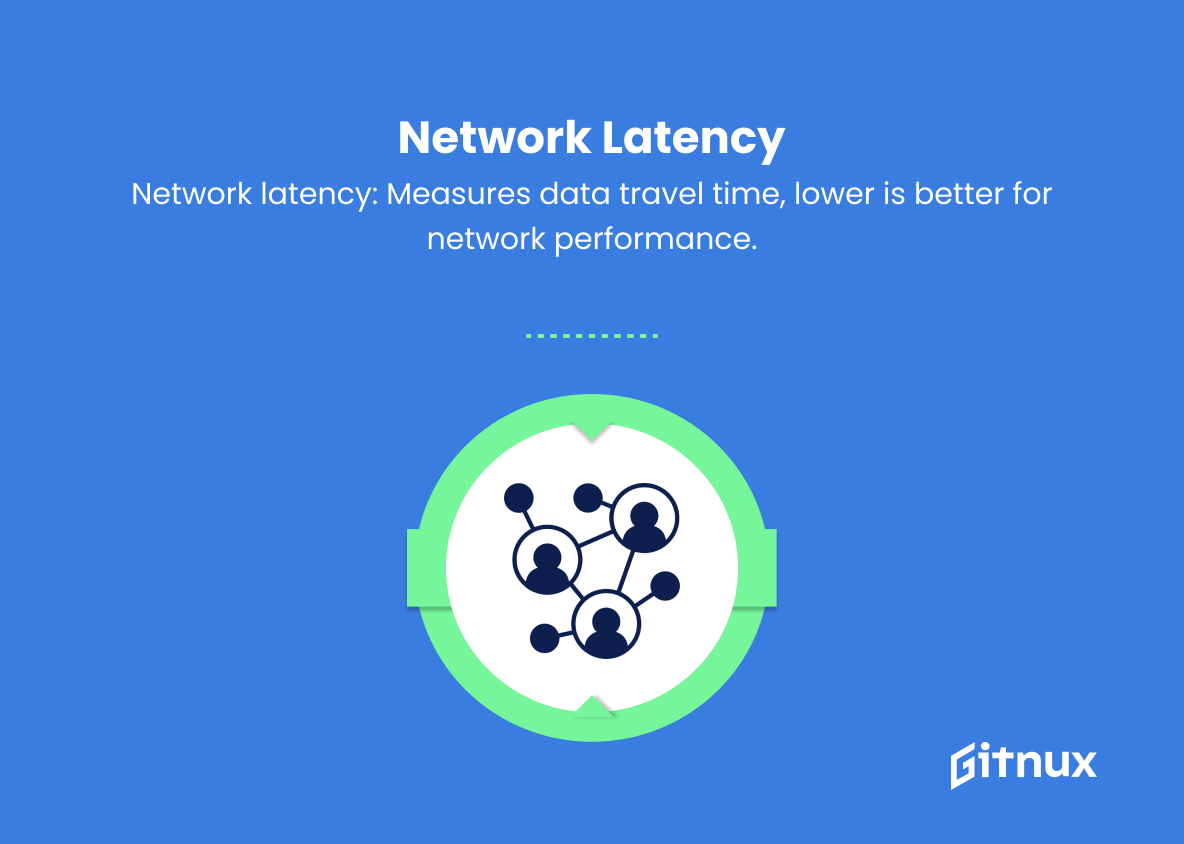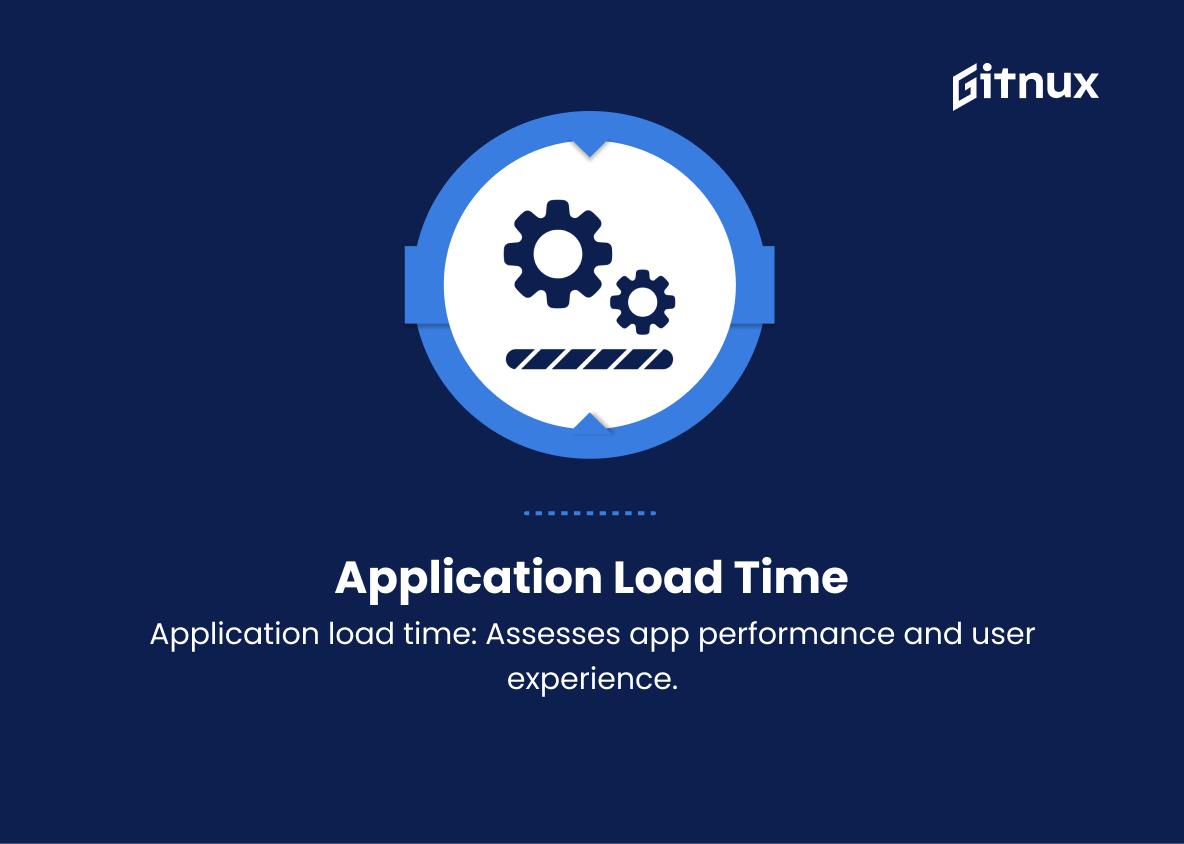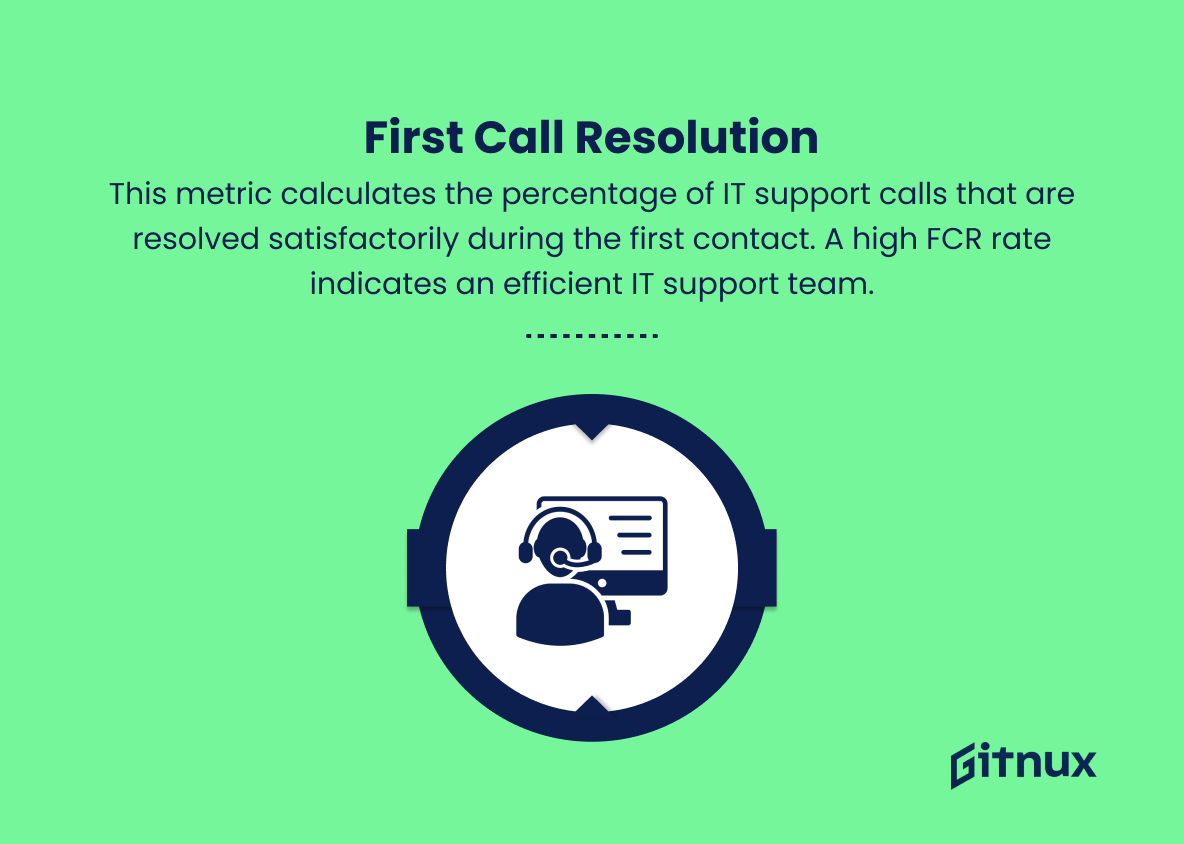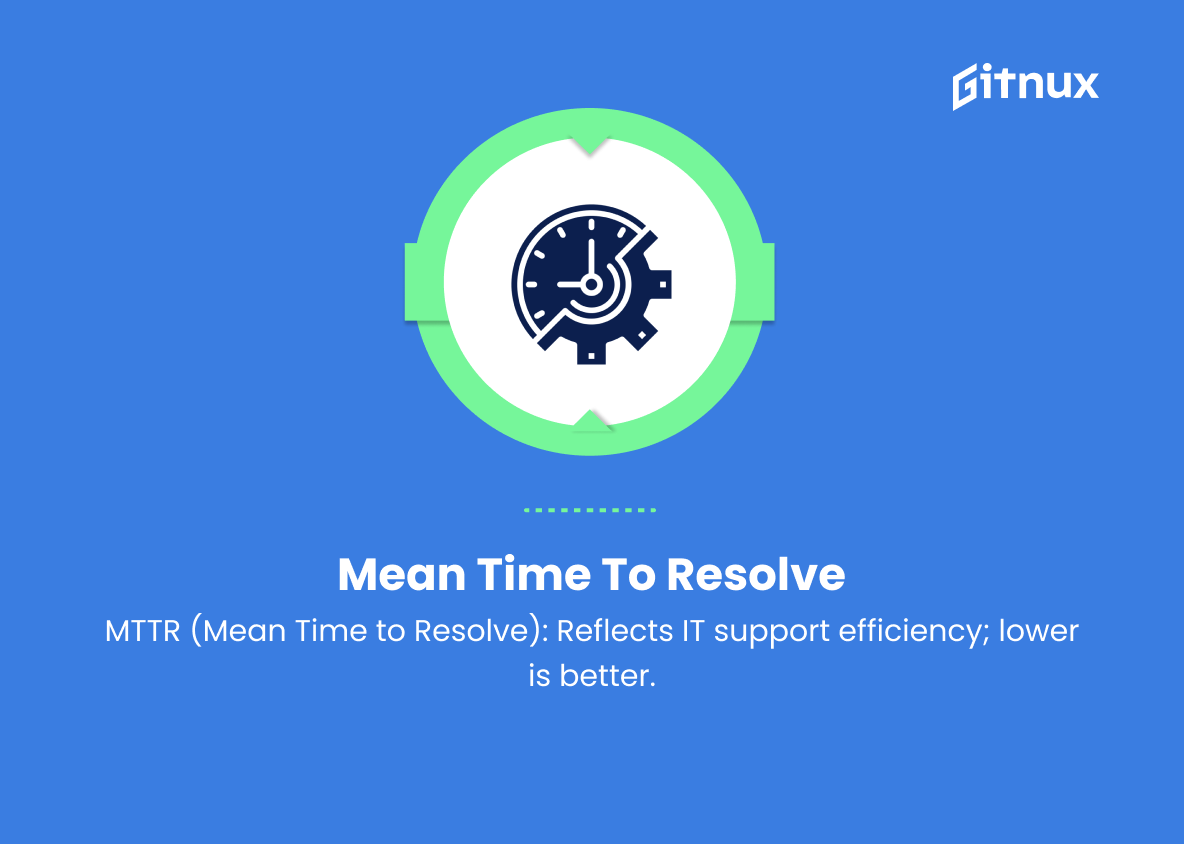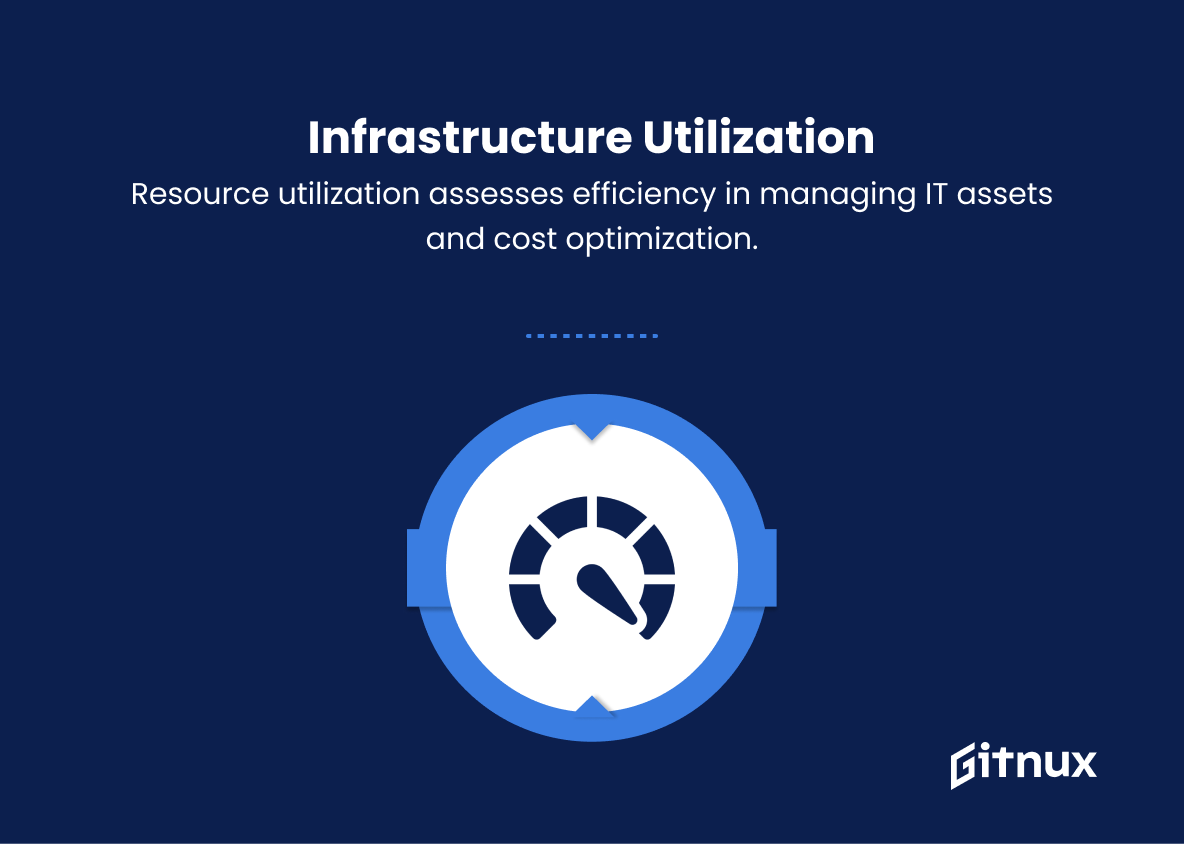In today’s fast-paced and competitive business landscape, it’s vital for organizations to continually assess and optimize their IT operations. One powerful and proven approach to achieving this is through IT benchmarking metrics. In this insightful blog post, we delve deep into the world of IT benchmarking, exploring the various metrics, best practices, and methodologies that can guide businesses in making informed decisions and driving continuous improvement in their technology infrastructure. By understanding and effectively leveraging IT benchmarking metrics, organizations can elevate their IT performance, identify opportunities for cost reduction, and more importantly, enhance their overall competitive advantage in the marketplace. So, join us as we unveil the crucial IT benchmarking metrics that every business leader should be aware of in order to stay ahead of the curve.
It Benchmarking Metrics You Should Know
1. IT Spending per Employee
This metric measures the total IT expenditure divided by the number of employees in the organization. It helps in understanding how much a company invests in IT resources and tools for each team member.
2. IT Expenditure as a Percent of Revenue
This metric calculates the ratio of IT spending to total revenue generated by the organization. It indicates the proportion of revenue allocated to IT operations and helps in determining if the company is investing enough in technology.
3. IT Staff Ratio
This metric calculates the number of IT staff members per total employee count. It helps in determining the adequacy of IT personnel in the organization and assists in workforce planning.
4. Server-to-Admin Ratio
This metric refers to the number of servers managed by a single IT administrator in the data center. A high server-to-admin ratio indicates efficient server administration and management.
5. Downtime Incident Rate
This metric measures the number of IT downtime incidents per unit of time, typically per month or year. It helps in assessing the reliability and robustness of IT systems and services.
6. Network Latency
This metric measures the time it takes for a data packet to travel between two points across the network, usually expressed in milliseconds. Low network latency indicates a high-performing and efficient network.
7. Application Load Time
This metric measures the time taken for an application or software to fully load and become accessible to the user. It helps determine the performance of the application and the user’s experience.
8. First Call Resolution (FCR) Rate
This metric calculates the percentage of IT support calls that are resolved satisfactorily during the first contact. A high FCR rate indicates an efficient IT support team.
9. Mean Time to Resolve (MTTR)
This metric measures the average time taken to resolve IT incidents or support tickets, including the time spent to identify, diagnose, and resolve the issue. A lower MTTR indicates efficient IT support and problem-solving capabilities.
10. Infrastructure Utilization
This metric assesses the extent of resource usage, such as server or storage capacity, network bandwidth, and processing power. High resource utilization can indicate efficient IT asset management and effective cost optimization.
11. Return on Investment (ROI) for IT Projects
This metric calculates the financial return on IT projects, measuring the revenue or cost savings generated per project relative to the cost of investment. A high ROI signifies successful IT project management and value creation.
12. Data Breach Incident Rate
This metric calculates the number of data breaches that have occurred in a given time period. A low data breach incident rate indicates strong IT security measures and effective data protection.
It Benchmarking Metrics Explained
IT Benchmarking Metrics are essential tools for organizations to assess their IT capabilities, resource allocation, and overall efficiency. Metrics such as IT Spending per Employee and IT Expenditure as a Percent of Revenue provide insight into the company’s investment in technology, while the IT Staff Ratio and Server-to-Admin Ratio highlight the effectiveness of IT personnel and data center management. Evaluating system performance and user experience is critical, with metrics such as Downtime Incident Rate, Network Latency, and Application Load Time offering valuable information.
Assessing the quality of IT support is crucial, using metrics like First Call Resolution Rate and Mean Time to Resolve to gauge problem-solving capabilities. Infrastructure Utilization helps evaluate the effectiveness of resource usage and cost optimization. Lastly, measuring the success and value creation of IT projects through Return on Investment and monitoring IT security measures via the Data Breach Incident Rate ensures that organizations remain competitive and secure within their industry.
Conclusion
In conclusion, IT benchmarking metrics are critical tools for organizations to measure and evaluate their IT performance effectively. By implementing these metrics, businesses can gain a deeper understanding of their current IT capabilities, identify areas for improvement, and compare themselves to industry standards or competitors. Continually assessing and refining IT systems based on benchmarking metrics will enable organizations to remain agile, competitive, and technologically adept in an ever-evolving digital landscape. Ultimately, embracing IT benchmarking metrics will lead to higher efficiency, improved productivity, and sustained success for any business.
